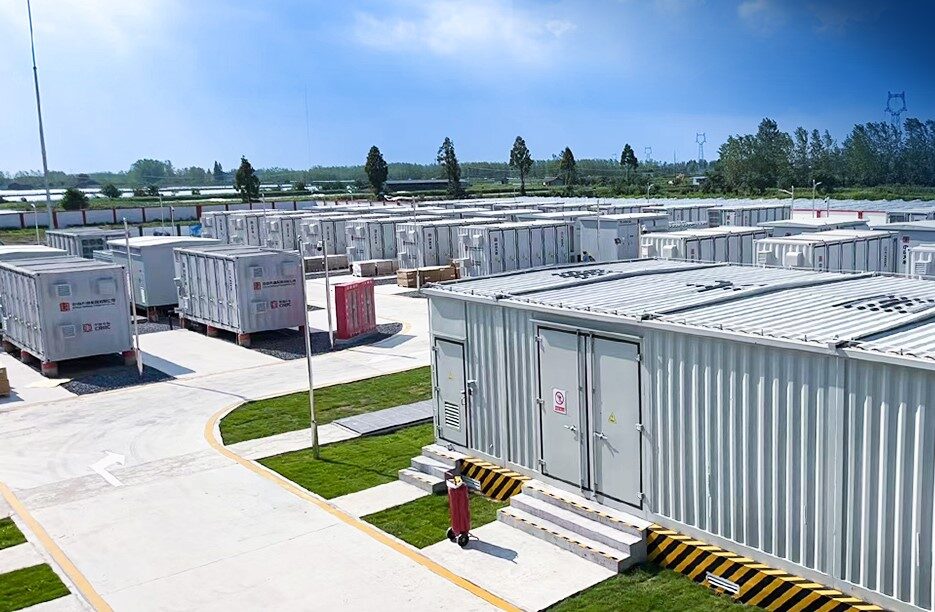Researchers have measured data from a small energy community on a Finnish university campus to simulate their operation under different control strategies. The first control strategy gives priority to the use of heat pumps, while the second priority gives the price. The total costs were reduced by a maximum of 25% by the second option.
A research group led by scientists from the Aalto University of Finland has analyzed the impact of two control strategies on energy consumption and costs in a small energy community. The system includes a low temperature heating network driven by a dual-source heat pump (DSHP) and a district heating network. The first control strategy gives priority to the use of heat pump, while the second priority gives the price.
The energy community is located on the Aalto-Campus, Espoo, Finland and consists of five educational buildings with household hot water (DHW), space and ventilation heating demand, where the buildings are connected to a hybrid heating system, consisting of a low temperature heating (LTH) network and a district heating network.
The LTH network is powered by a DSHP using both waste heat and condensing cooling heat from a laboratory and environmental air and the heat sources.
The total floor space of the buildings is approximately 30,000 m2 and the occupancy rate is standard at 17 m2 per person. All buildings are continuously heated to 21 ° C. The DSHP uses both ambient air and waste heat when the outside temperature is above -12 C. When the temperature falls below -12 ° C, it only uses waste heat. Waste heat comes from a laboratory on campus with a cooling system of 200 kW.
“The study used the dynamic simulation software IDA ICE 5.0 to model the individual buildings and the hybrid heating network,” the academics explains. “The weather data applied in the simulations were adjusted with the weather data measured per hour at the nearest weather station of the Finnish Meteorological Institute for several years. The weather data of 2019 were used in the validation of the building model, while those from 2022 and 2023 were for further dynamic simulations of the small energy association.”
Image: Aalto University, Energy and Buildings, CC by 4.0
The two control strategies were tested in the simulation. In the LTH-prioritized control strategy, the DSHP is always used, while the district heating only starts when the heat pump is insufficient. On the other hand, the cost-effective control strategy compares the costs of using DSHP with its electricity prices and coefficient-with the prices of district heating and efficiency. The cheaper option is always preferred.
The cost -effective strategy was simulated in two configurations: the first, based on district heating prices on a commercial level; The second, zero emission heating used by waste heat, with an annual price estimate of € 55.8 ($ 60.24)/MWh. The LTH-prioritized case, the cost-effective case with commercial district heating and the cost-effective case with zero-mission district heating were all tested on 2022 and 2023 again and prices.
“In comparison with the low temperature heating case, the total costs were reduced by 10% or 25% in the cost -effective cases with commercial or zero mission district heating for 2022,” the results remained. “In 2023, the cost -effective control strategy on the basis of the electricity price per hour and the monthly heat of the commercial district even increased the total costs by 5%, while the cost -saving potential of the cost -effective control strategy based on the electricity price per hour and the heat of the district per hour was limited.”
The team explained the difference between 2022 and 2023 in changing policy for charging electricity costs. “Since price differences between electricity and district heating in 2023 were less than those in 2022, the decrease in energy costs when accepting the cost -effective control strategy was smaller in 2023. The increased costs for power costs weakened the positive impact of energy costs saving by the cost -effective control strategies”.
Their work was presented in “Cost optimal control for a small energy community heated with double source heat pump and district heating“Published in Energy and buildings. The research was conducted by scientists from Aalto University in Finland, Lappeenranta-Lahti University of Technology, the Eindhoven University of Technology of the Netherlands and Chinese Nanjing Tech University.
This content is protected by copyright and may not be reused. If you want to work with us and reuse part of our content, please contact: editors@pv-magazine.com.
Popular content



